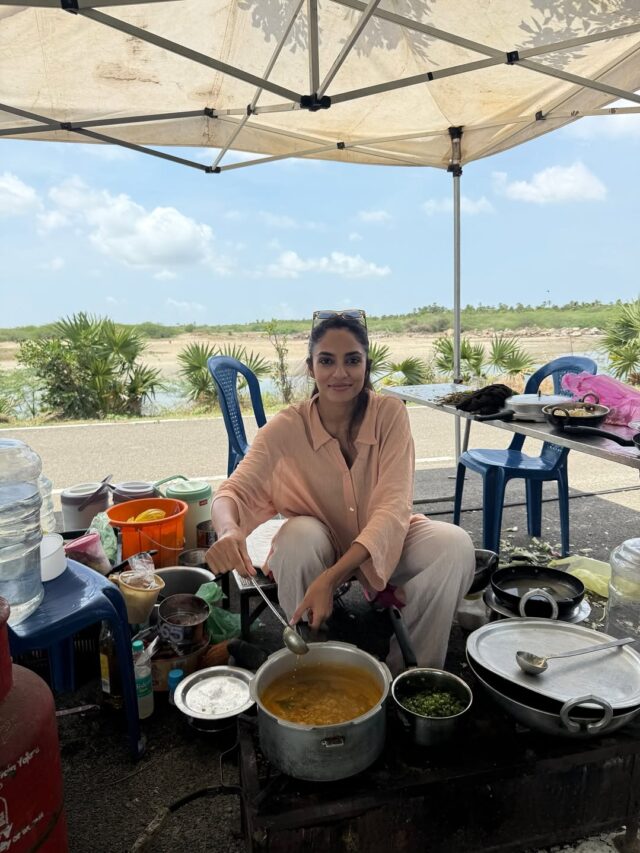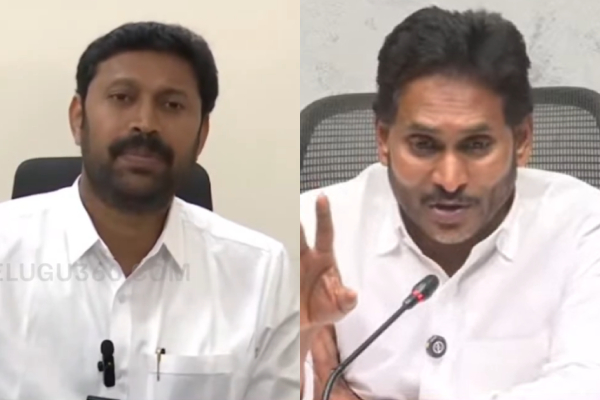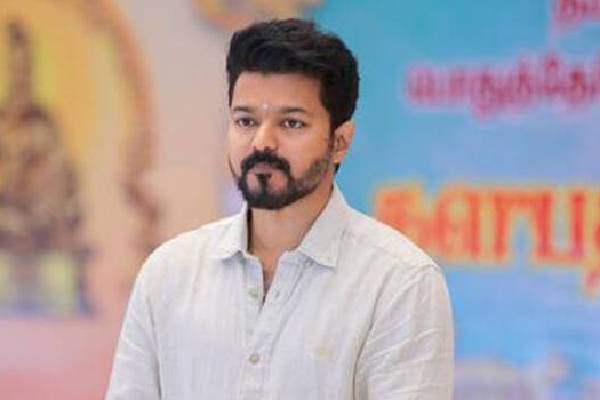Pulivendula has long been called YSRCP’s fortress, the home of Jagan Mohan Reddy and the safest political seat in Andhra Pradesh. For decades, the party never faced a real fight here. Elections were often one-sided, sometimes even unanimous. But this ZPTC by-election has been anything but routine.
The Trigger: Two Booths, Big Stakes
The State Election Commission ordered repolling in two polling booths after allegations of bogus voting and voter obstruction. Together, these booths have around 1,200 votes, enough to change the final result in a contest with just 15 booths in total. Instead of stepping up to prove the party’s strength, YSRCP MP Avinash Reddy announced a boycott. He demanded central security forces for all booths, not just the two under repoll. In politics, you don’t walk away from a battlefield in your own backyard. You fight and win or you risk looking afraid.
Jagan’s Intervention: From Proofs to Political Charges
YS Jagan jumped into the controversy with a flurry of accusations. He claimed that in both the main polling and the repoll, “fake votes” were cast because YSRCP agents were not allowed inside booths. He alleged that outsiders from Jammalamadugu came to Pulivendula to vote, and even presented photos and screenshots as proof, much like Rahul Gandhi’s recent attack on the Election Commission.
Jagan accused TDP of orchestrating the irregularities and mocked some voters’ photo poses, saying they were recognized only because they were active TDP workers. He claimed many more fake voters likely went undetected and blamed the district collector for staying silent while bogus votes were being cast.
He also issued a public challenge to Chandrababu Naidu:
“If you believe in your governance and if you trust that people will vote for you, then conduct the elections in the presence of central forces.”
Jagan alleged that even during repolling, police blocked YSRCP agents, attacked women leaders from his party, and allowed TDP cadres to gather in large numbers without interference.
Adding to the political drama, it emerged that Garikipati Rammohan Rao’s relative, Koya Praveen, was overseeing the polling as DIG, prompting fresh questions over whether the repoll was truly impartial.
Allegations Against TDP Government and Police Pressure
Jagan went further, accusing the TDP government of intimidating police officers into obedience. According to him, if police did not follow Chandrababu Naidu’s instructions, they faced threats of arrest or false cases, citing examples like Sanjay, PSR Anjaneyulu, Sunil Kumar, DIG Vishal Guni, and cases against Kantilal Rana.
He claimed that 55 DSPs have been left without postings for refusing to toe the line and that 8 DSPs were outright suspended. The narrative painted by Jagan is one of systematic harassment of officers who do not bend to the ruling party’s will.
The Optics Problem for YSRCP
While these allegations may energize YSRCP’s base, to neutral voters they can sound like excuses for political underperformance. The bigger question emerging is: why does a party that claims to have deep public support in Pulivendula seem so hesitant to fight under the existing conditions? When a party that calls this seat its crown jewel complains it cannot operate without special arrangements, the image of a fortress begins to fade.
The Political Risk
Margins in local body elections are razor-thin. If YSRCP loses this seat by even 100 or 200 votes, those two booths will decide the outcome and Avinash Reddy’s boycott will go down as a self-inflicted wound.
For years, Pulivendula has been YSRCP’s political safe zone. Now, thanks to a boycott, a barrage of allegations, and a reliance on sympathy rather than strength, the party risks turning its strongest seat into a symbol of vulnerability. In politics, you can give reasons for losing, but you can’t hide being afraid. Pulivendula might soon be remembered not as a stronghold, but as a place YSRCP walked away from.


































